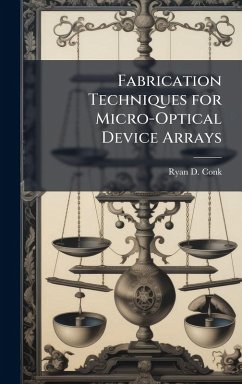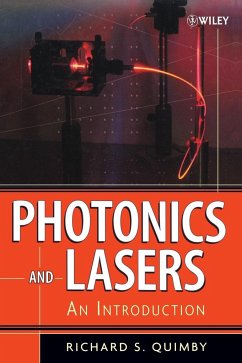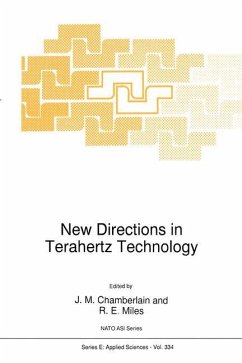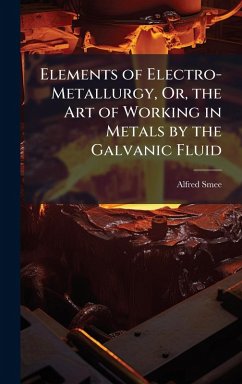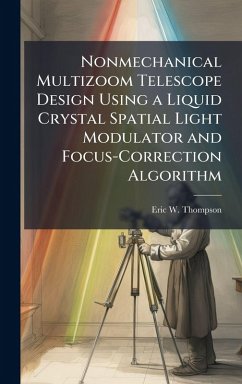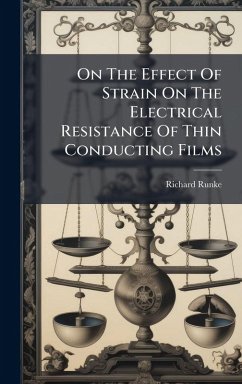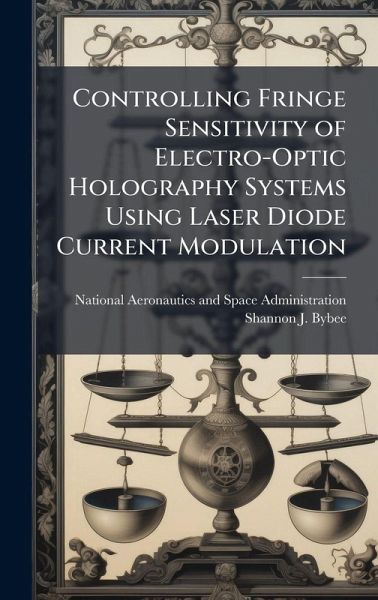
Controlling Fringe Sensitivity of Electro-Optic Holography Systems Using Laser Diode Current Modulation
Versandkostenfrei!
Versandfertig in über 4 Wochen
29,99 €
inkl. MwSt.
Weitere Ausgaben:

PAYBACK Punkte
15 °P sammeln!
Electro-Optic Holography (EOH) is a non-intrusive, laser-based, displacement measurement technique capable of static and dynamic displacement measurements. EOH is an optical interference technique in which fringe patterns that represent displacement contour maps are generated. At excessively large displacements the fringe density may be so great that individual fringes are not resolvable using typical EOH techniques. This thesis focuses on the development and implementation of a method for controlling the sensitivity of the EOH system. This method is known as Frequency Translated Electro-Optic...
Electro-Optic Holography (EOH) is a non-intrusive, laser-based, displacement measurement technique capable of static and dynamic displacement measurements. EOH is an optical interference technique in which fringe patterns that represent displacement contour maps are generated. At excessively large displacements the fringe density may be so great that individual fringes are not resolvable using typical EOH techniques. This thesis focuses on the development and implementation of a method for controlling the sensitivity of the EOH system. This method is known as Frequency Translated Electro-Optic Holography (FTEOH). It was determined that by modulating the current source of the laser diode at integer multiples of the object vibration, the fringe pattern is governed by higher order Bessel function of the first kind and the number of fringes that represent a given displacement can be controlled. The reduction of fringes is theoretically unlimited but physically limited by the frequency bandwidth of the signal generator, providing modulation to the laser diode. Although this research technique has been verified theoretically and experimentally in this thesis, due to the current laser diode capabilities it is a tedious and time consuming process to acquire data using the FTEOH technique. This work has been selected by scholars as being culturally important, and is part of the knowledge base of civilization as we know it. This work was reproduced from the original artifact, and remains as true to the original work as possible. Therefore, you will see the original copyright references, library stamps (as most of these works have been housed in our most important libraries around the world), and other notations in the work. This work is in the public domain in the United States of America, and possibly other nations. Within the United States, you may freely copy and distribute this work, as no entity (individual or corporate) has a copyright on the body of the work. As a reproduction of a historical artifact, this work may contain missing or blurred pages, poor pictures, errant marks, etc. Scholars believe, and we concur, that this work is important enough to be preserved, reproduced, and made generally available to the public. We appreciate your support of the preservation process, and thank you for being an important part of keeping this knowledge alive and relevant.




